OpenAI, the company behind the viral success of ChatGPT, has officially launched its AI video-generation tool, Sora, which was first announced in February. Sora will be available to users in the U.S. and many other countries starting today.
How Sora Works
Sora functions similarly to OpenAI’s image-generation tool, DALL-E. Users can type a description of a scene, and Sora will generate a high-definition video clip. The tool also allows users to create videos based on still images, extend existing footage, or fill in missing frames. During a livestream, OpenAI employees demonstrated features like “Blend,” which combines two scenes seamlessly, and an option for looping AI-generated videos endlessly.
Global Rollout and Accessibility
The tool will debut in the U.S. and most other countries, though OpenAI has no immediate plans to release it in Europe, the U.K., or select other regions. Sora will be included in existing ChatGPT subscriptions, such as Plus and Pro, at no additional cost.
Safety and Moderation
OpenAI has prioritized safety and ethical use in Sora’s development. Rohan Sahai, the product lead for Sora, acknowledged the challenges of preventing misuse during the livestream. “We obviously have a big target on our back as OpenAI,” Sahai stated. “We want to balance creative expression with ensuring the technology isn’t used for illegal activities.”
Before its public release, Sora underwent extensive testing with safety teams, or “red-teamers,” to identify vulnerabilities related to misinformation, bias, and impersonation. OpenAI’s product chief, Kevin Weil, emphasized the importance of perfecting the model and scaling computational resources before launch.
Market Competition
Sora positions OpenAI to compete in the growing generative AI market, particularly against video-generation tools from companies like Meta, Google, and startups like Stability AI. The market for generative AI is projected to exceed $1 trillion in revenue within the next decade. OpenAI, valued at $157 billion following its latest funding round, is intensifying efforts to expand its user base and capabilities.
Artist Concerns and Protests
The release of Sora follows protests from some artists involved in its alpha testing program. The artists criticized OpenAI for allegedly using their unpaid labor to shape Sora’s development while offering limited compensation in return. In an open letter, the artists accused OpenAI of prioritizing PR over genuine support for the arts.
OpenAI responded, stating that participation in the alpha program was voluntary and that artists had helped influence Sora’s development. The company also highlighted ongoing efforts to support artists through grants, events, and free access to the tool.
Creative Opportunities and Challenges
Sora’s launch underscores the growing potential of AI in creative industries. While tools like Sora offer exciting opportunities for content creation, they also raise concerns about misuse, particularly as the number of AI-generated deepfakes rises dramatically. OpenAI is committed to addressing these challenges, emphasizing a gradual and cautious rollout.
For those without a ChatGPT subscription, OpenAI plans to provide access to a feed of AI-generated videos created by others using Sora. CEO Sam Altman cautioned that a European release might take longer, reflecting the complexities of navigating regional regulations.
As video becomes the next frontier in generative AI, OpenAI’s multimodal approach—combining text, image, and video generation—positions it as a key player in the evolving landscape.





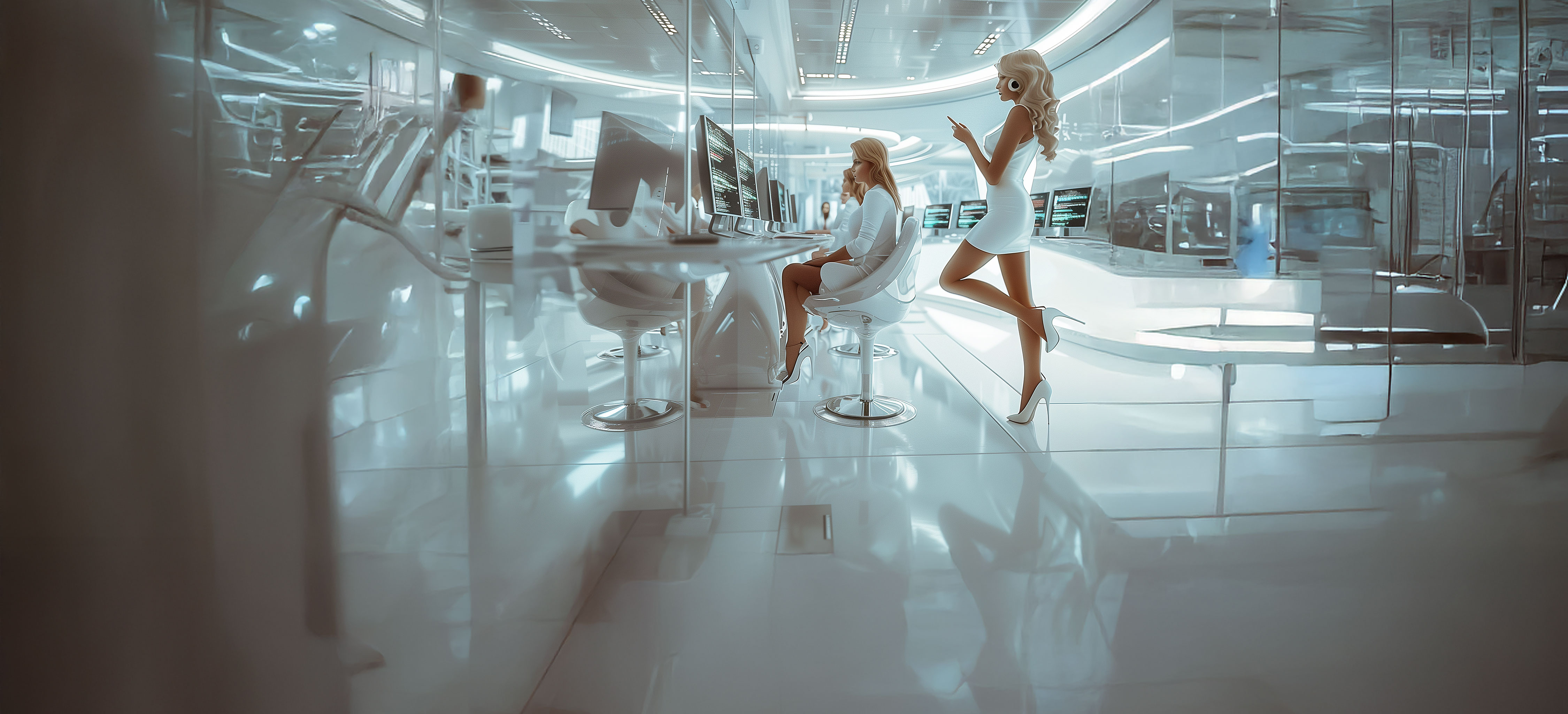

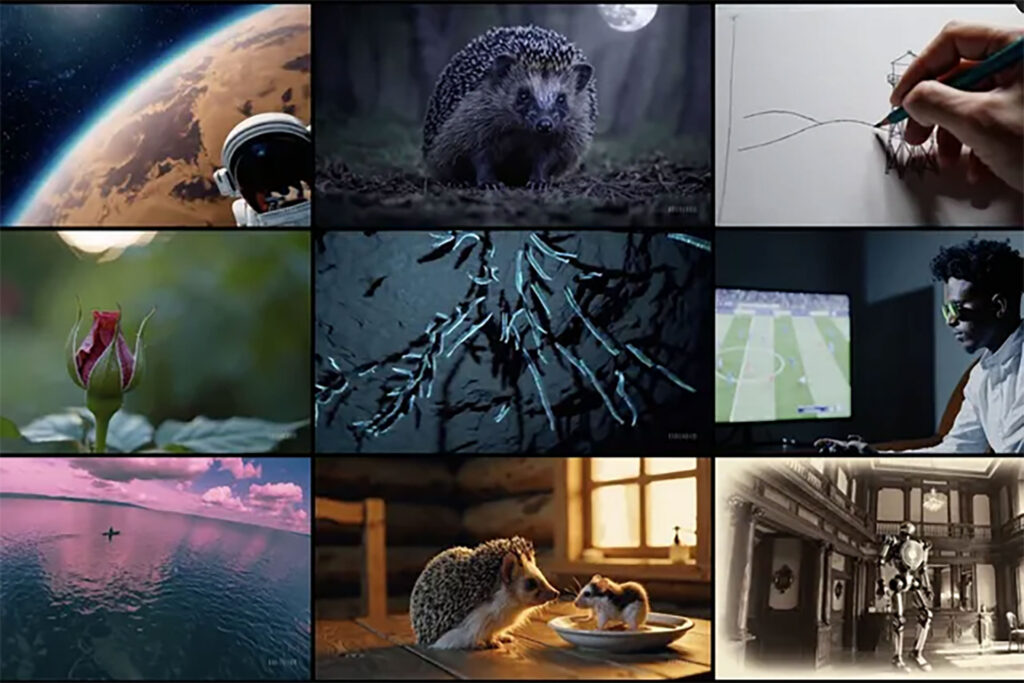



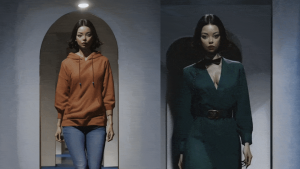


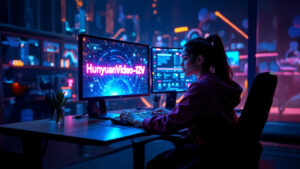
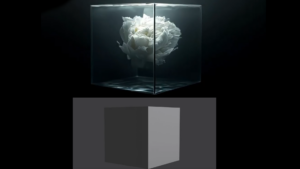



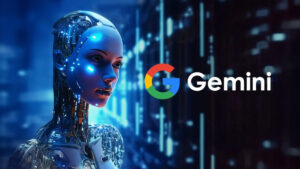



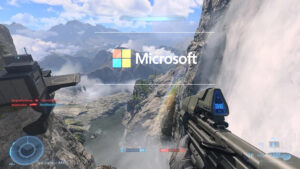








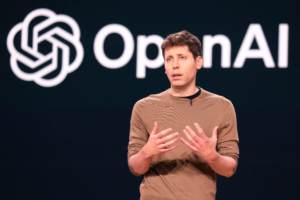
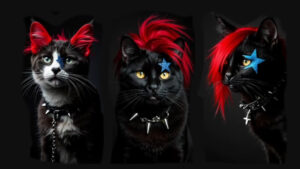

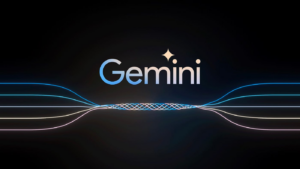

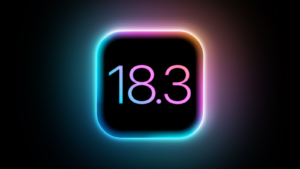




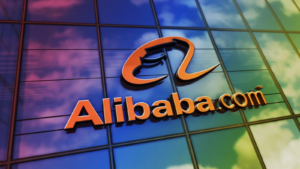
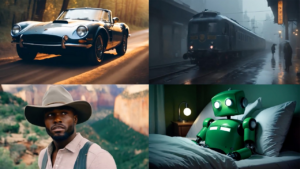
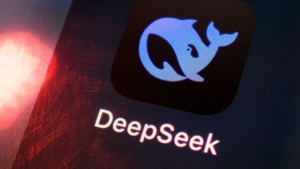
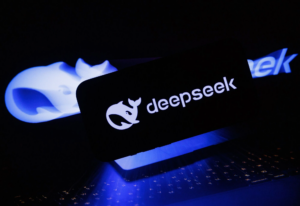
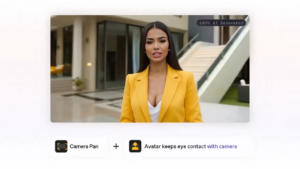



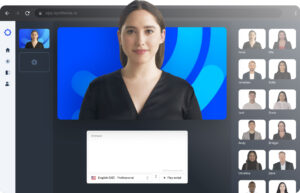


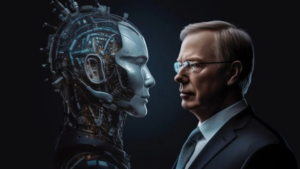



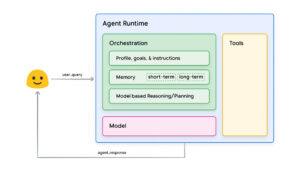



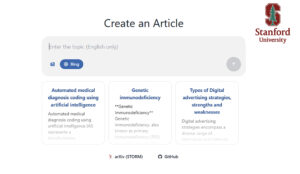


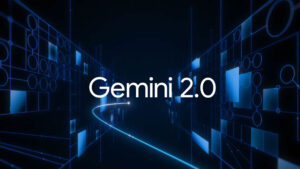














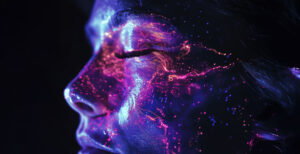
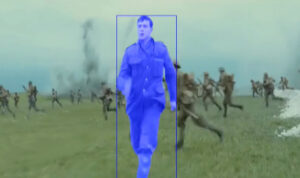




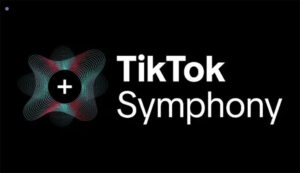








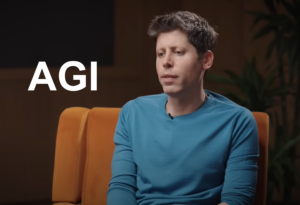
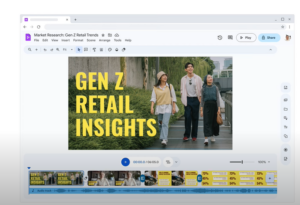
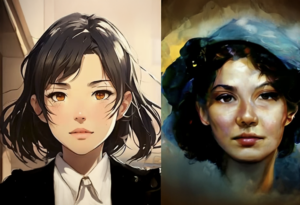


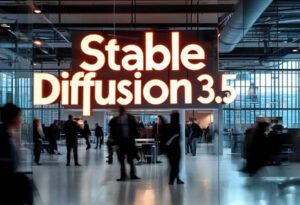

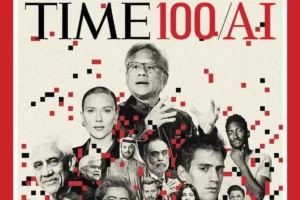
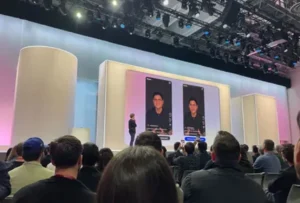
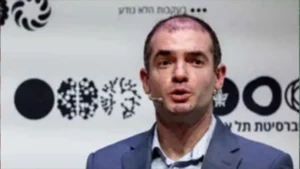


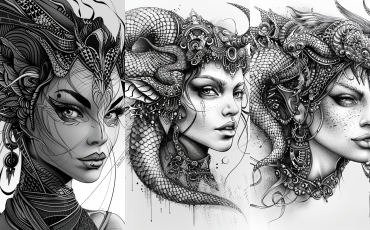






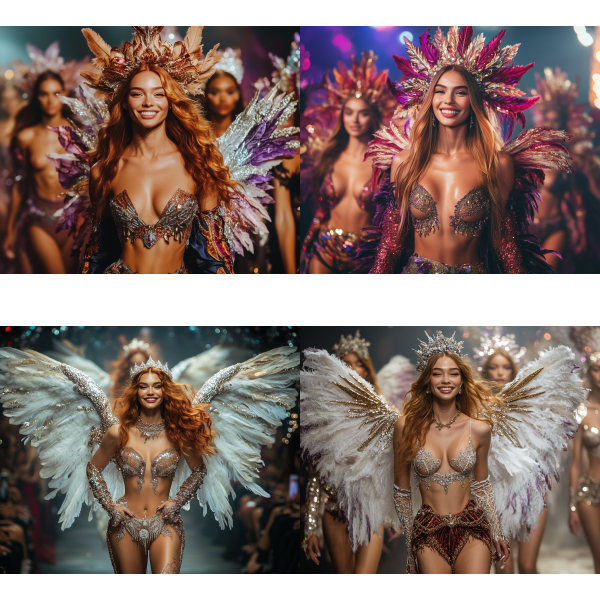
Validate your login
Sign In
Create New Account